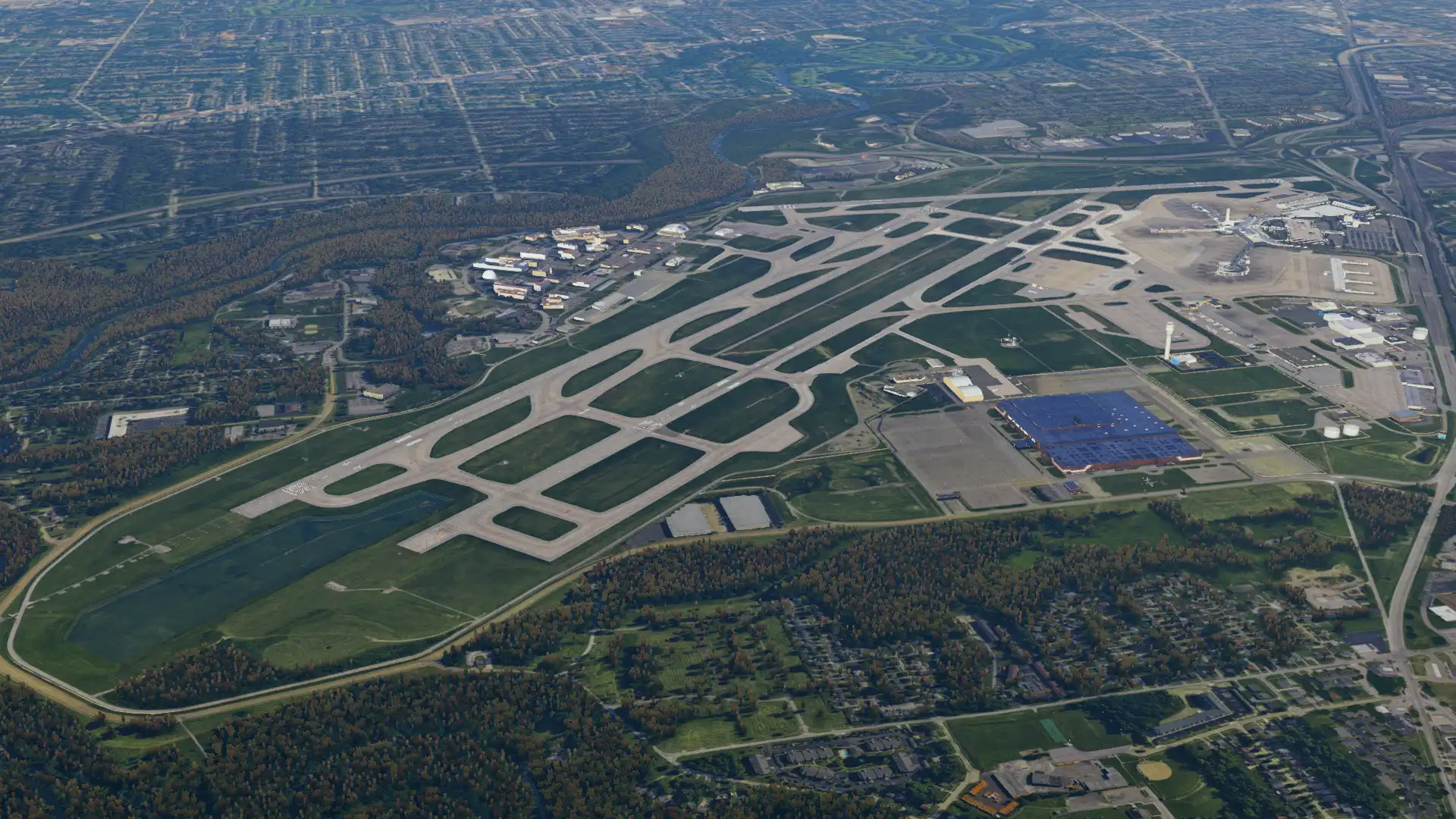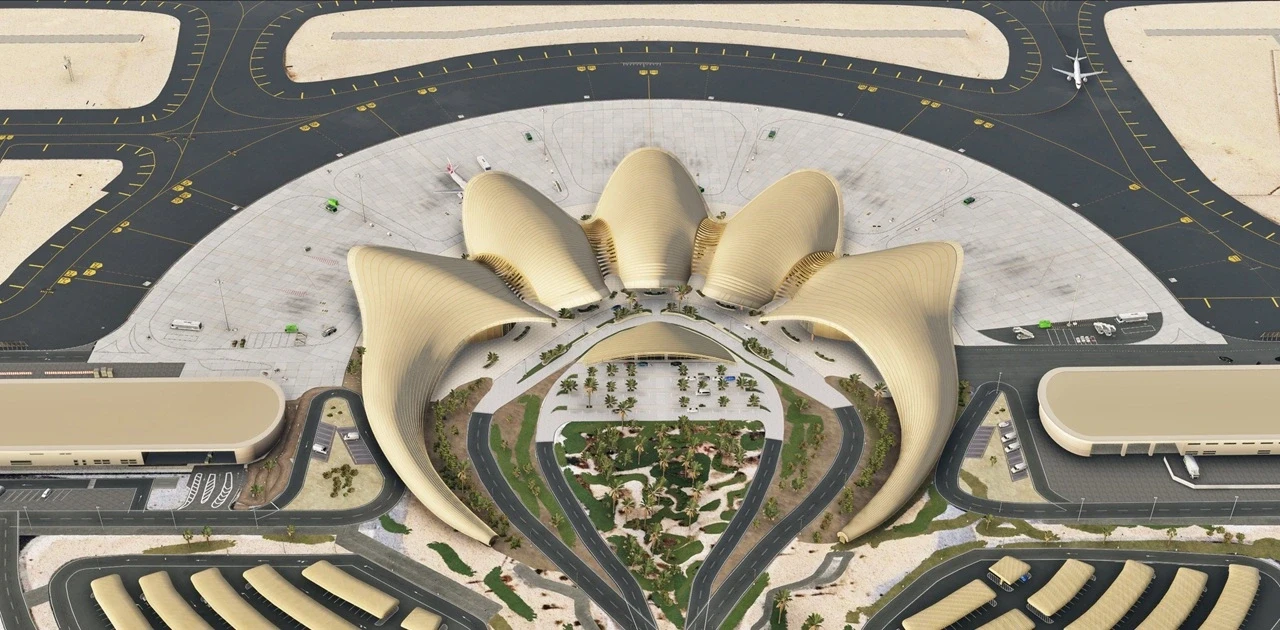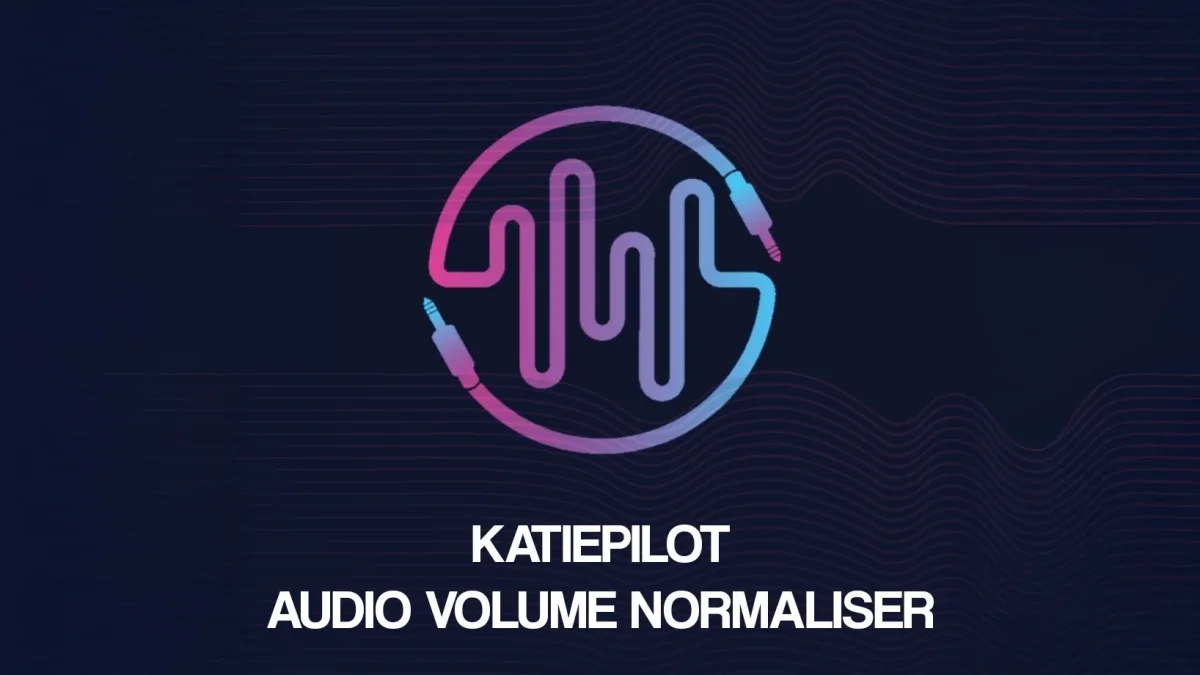PMDG Analysis - Fact or Fiction?
June 15, 2018
Inquiry
Among the wider flight simulation community, Precision Manuals Development Group (PMDG) are usually considered the premium developer of transport-category aircraft addons for any simulation platform. Whilst only having released one X-Plane product so far (a DC-6B), it is obvious that the company will be looking to make stable inroads on our side of the fence as the platform continues to grow.
It will therefore prove useful to analyse their behavior in detail. Most simmers will gladly acknowledge the presence of a certain “halo” in this developer’s overt actions, which essentially projects a cloud of positivity over them (perhaps not so much after this years FSExpo), even if they were to release the now-infamous PMDG Woodpigeon. But just who are these people? How does their marketing hold up when actually put to the test? Is there a dark side to their modus operandi? And what the flaming heck is a “study-level aircraft” anyway? These are the kinds of questions this article series will address.
PMDG was founded in 1997 by Captain Robert S. Randazzo, who, in commercial aviation, is better known for having been one of the key people supervising the entry-into-service of the Boeing 777 at United Airlines at the turn of the century. This senior pilot position allowed him to form connections with high-ranking officials at Boeing, a fact paramount to PMDG having been the de facto founders of the study-level airliner product segment for ESP-based platforms.
As the company name suggests, the first products were not airplanes, but supplementary manuals for the stand-alone 747-400 simulator “747 Precision Simulator” by German company Aerowinx (whose latest version, ironically enough, is considered vastly superior to the latest PMDG 747 -- and offers native support for X-Plane as a visuals generator, albeit at an eye-watering 350€, as compared to 135€ for the current PMDG 747 for P3D). Soon afterwards, however, Randazzo decided to venture into aircraft development himself, and the first aircraft, a 777 for the late Richard Harvey’s flight simulator, “Fly!”, was released in 2001.
According to Robert S. Randazzo himself, the FLY! Series played a major role in the subsequent evolution of PMDG’s product design strategy. Being the first simulator to feature realistic systems and atmospheric models out-of-the-box -- features we have only begun to see in recent iterations of X-Plane with the new Cessnas, for example -- FLY! was set to break new ground in consumer flight simulation. After Harvey’s tragic death from cancer in 2003, PMDG was forced to start creating equivalent systems functionality for the then-platform-of choice, Microsoft Flight Simulator 2004. The original 737NG was released in 2003, followed by a Beech 1900D, the first version of the 747 and the ill-fated MD11, which was released in 2008. Following some internal conflicts within the team, MD11 chief developer Lefteris Kalamaras left PMDG to found his own company, Flight Sim Labs, which, as we know, has itself failed to stay out of the scandal spotlight in recent months.
These scandals are believed to have involved disagreements as to the nature of the MD11’s DRM implementation, which, again, sounds all too familiar. I believe it is quite possible that these disagreements led to the cessation of the MD11’s development (in contrast to the officially cited low sales), as well as its later withdrawal from sale. It remains unclear who controls the MD11 codebase, PMDG or Kalamaras, which explains why PMDG wanted to get rid of the MD11 as soon as possible without losing face. Randazzo has repeatedly hinted at the MD11 nearly having cost him the company, which is conceivable if Kalamaras, for example, settled in court for a considerable sum -- not unrealistic given what we now know about his affections for litigative procedures. Perhaps Randazzo’s memoirs shall one day reveal the full story? It is, after all, the only product from the lineup not to get a remake -- even the Jetstream 41 got one, although it has not yet been released, which poses even further interesting questions about what exactly happened to the MD11.
The MD11 was then followed by the original issue of the J41 in 2009, a largely experimental product that served as the testbed for the B737 NGv2 (NGX) released in 2011. At this point, PMDG announced it would only develop mass-appeal products (that is, latest-generation glass airliners), due to the low financial risk involved, excluding test products. This had everything to do with the MD11 scandal and a subsequent, understandable desire for profit maximisation. In line with this, the NGX introduced the “Boeing engine”, a modular software framework designed to replicate Boeing glass jets. The engine allows PMDG to simulate new aircraft while minimising the need to write de novo code. Thus, from a software architecture viewpoint, the NGX began the company’s modern era.
The capabilities of the Boeing engine include physically-based electric, hydraulic, pneumatic and thermodynamic physics models. PMDG has gone on to add additional modules with each new release: the 777 (2013) saw the ECL and 777 FBW, autocontroller and EICAS logic whereas last year’s 747 included new ground physics as well as headshake algorithms derived from FFS motion cueing equations. The 747-8i/8F package will contain a simulation of the Boeing ANF (Aerodrome Navigation Facility) renderer for displaying airport ground maps on the EHSI/ND, as well as a simulation of the latest-issue Boeing electronic flight bag (EFB) with Onboard Performance Tool (OPT) software and Jeppesen virtual chart-clip management supporting Navigraph, again replicating nearly all features of the actual Boeing software.
The DC6 has been a bit of an oddball in PMDG’s lineup. Initially coded for FSX, the product was initially redeveloped and released for XP10 in June 2016, with a subsequent ESP release last year. According to Robert S. Randazzo, its chief purpose was to serve as a testbed for determining the optimum strategy for bringing the glass-jet fleet into XP. There has, however, since been a notable lack of updates to the X-Plane iteration of the DC-6, as opposed to the ESP version, which quickly led to the absence of official XP11 support. That said, the product does work in v11, but the flight and systems models cannot be guaranteed to function as intended by PMDG.
We can only conjecture as to the reason for a lack of further updates, but it will be extremely interesting to see the nature of PMDG’s approach to X-Plane in the future. Threshold highly doubts a P3D-centric approach given the shady legal status of its entertainment use, a clear intentional legal piggyback on Lockheed’s part of MS-imposed restrictions set by MS after it chose to abandon further flight simulation development.
Given the forerunner status of PMDG in the flight simulation space, few reviewers are truly competent enough to assess its products. We will thus be harnessing our network of aviation professionals to evaluate all key aspects of their marketing, products, PR and whether they consistently deserve, simulation-wise, the premium status attributed to them.
Our second part will be about PMDG’s brand identity as well as the visual aspects of internal and external modeling. As your virtual workspace, correct proportionality and scaling of the flight deck is of deal-breaking importance, as we will soon discover.
Share this page
COMMENT ADVISORY:
Threshold encourages informed discussion and debate - though this can only happen if all commenters remain civil when voicing their opinions.






.webp)





